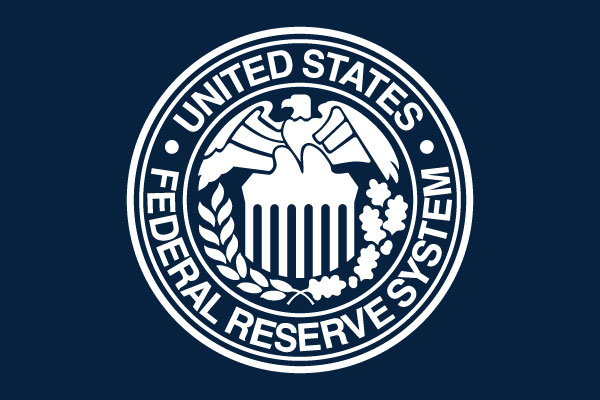COMMITTED TO A STRONG AND RESILIENT ECONOMY FOR ALL

Visit to Southwestern Illinois
St. Louis Fed President Alberto Musalem participated in a roundtable discussion with southwestern Illinois business, community and government leaders. Meetings like this one in Swansea help inform President Musalem about real-time economic conditions in the St. Louis Fed’s District.
What We Do

Work Together to Promote a Strong Economy
The St. Louis Fed is part of a system—with other Reserve banks—promoting stable prices, safe banking, and more.









